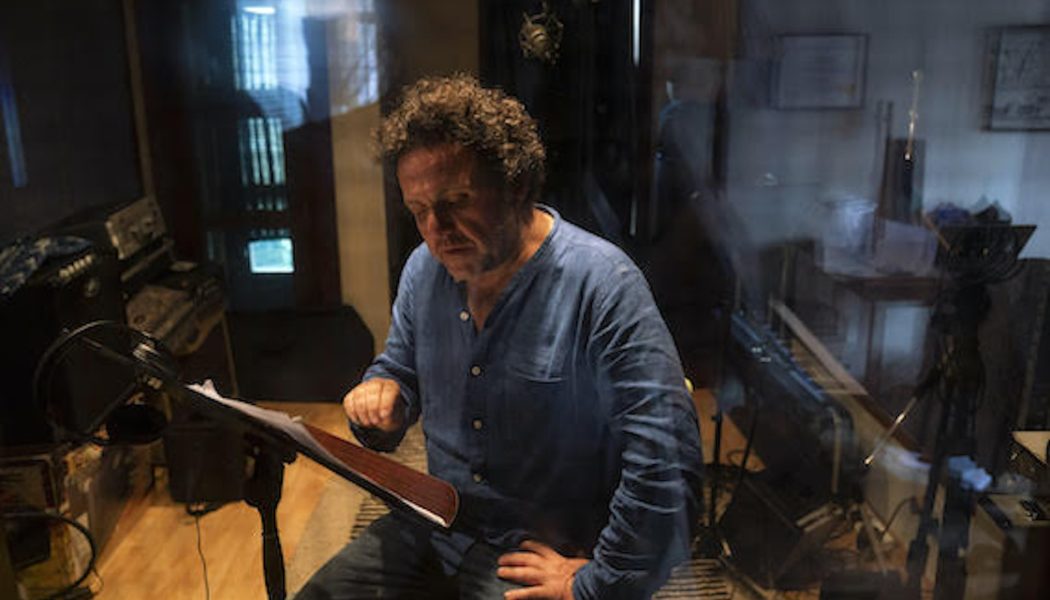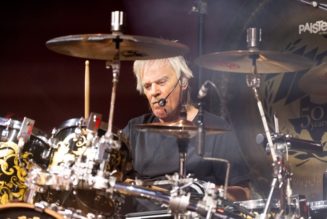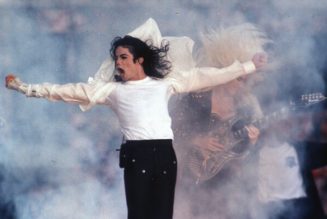The rousing notes of the British national anthem God Save The King rang loudly in London’s Westminster Abbey when King Charles III was crowned – and in official and informal celebrations in many other places, though not always to an enthusiastic reception. The song is still sung in many Commonwealth countries. But its place and the oppressive imperial legacy trailing it are increasingly questioned.
That debate can be extended beyond one song. What baggage does any music acquire when it shifts from being – in South African literature scholar Zoë Wicomb’s phrase – “national culture to official culture”?
As a researcher into South African music, I’m often struck by how dominant the past is in my interviews about the present, particularly in relation to the current anthem. South Africa’s national anthem is a composite of the African liberation hymn Nkosi Sikelel’ iAfrika and the apartheid-era Afrikaans hymn Die Stem (The Call of South Africa). Does a similar burden of history weigh down other national anthems and perhaps prevent us from hearing them simply as music?
In recent work, two prominent contemporary composers, Philip Miller in South Africa and Amit Chaudhuri in India, have explored fresh ways of interpreting national anthems. Their projects suggest that anthems can be freed from historical baggage to reflect contemporary realities.
Phillip Miller
Miller grew up during apartheid with the enforced singing of Die Stem at school. In an interview with me he recalls:
Coming from a very liberal home instilled almost a horror of national anthems in me.
Yet Nkosi Sikelele doesn’t stir similar feelings, because “it’s a really beautiful song” that “has a historical genesis in African liberation, so the meanings it carries are very different”.
Miller and co-composer Thuthuka Sibisi had explored the meaning of singing South Africa’s former colonial anthem, God Save the King, for Victorian-era African choristers in an earlier project. That work formed the foundation for the version of the anthem in their score for the stage production The Head & The Load, about the unacknowledged role of African labour in the colonial armies of the first world war.
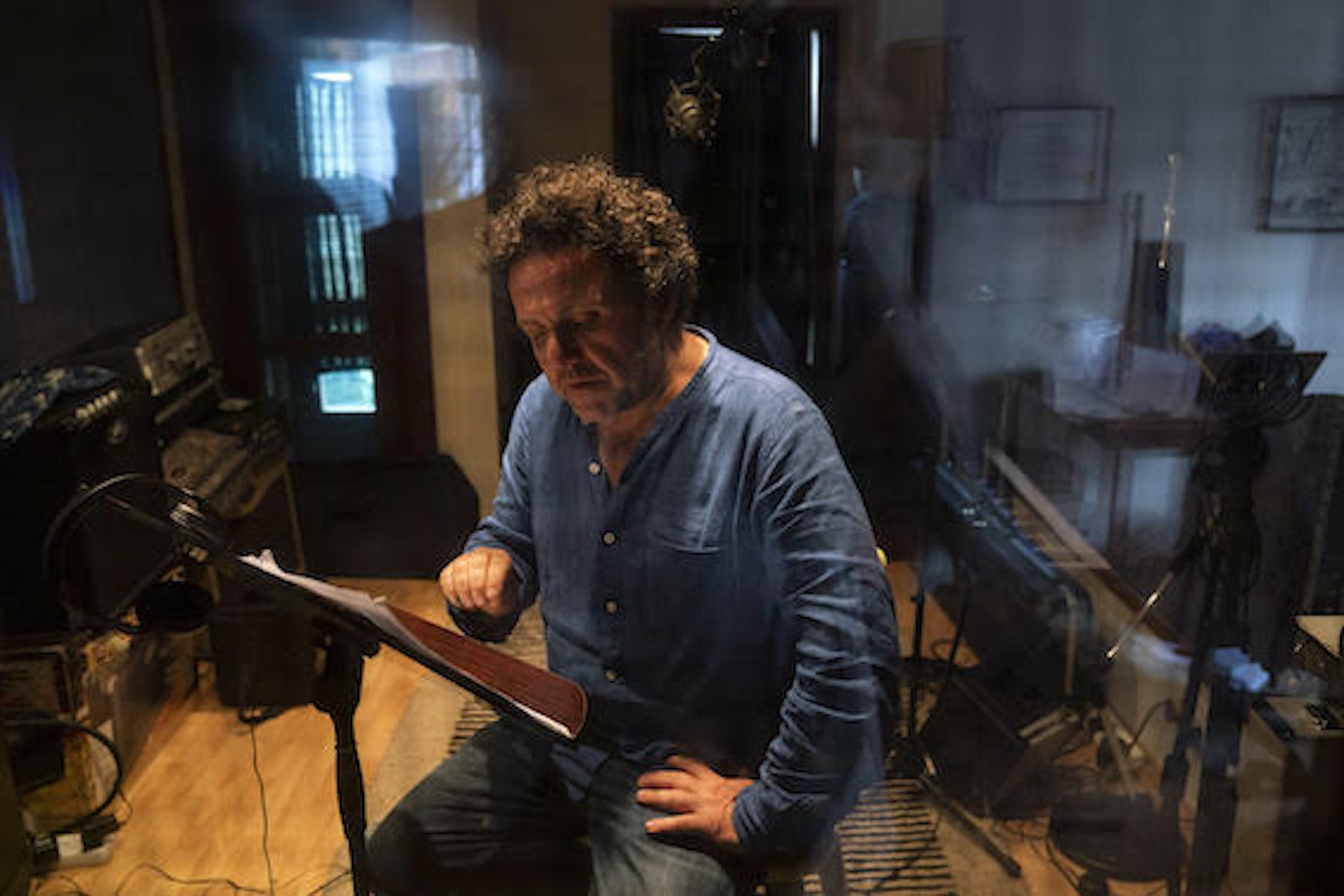
Their arrangement, he explains, allowed singers to add complexity to God Save the King “with varied rhythms, drones, fragments and layers, building to a moment of almost isicathimiya (traditional Zulu song) harmony”. As God Save the King breaks apart on stage, the song is passed from singer to singer “almost as if it’s too painful for anybody to sing it for too long”.
Some triumphalist, violent verses of God Save the King are no longer sung even in the UK – in particular those written during the 1745 Jacobite rebellion imploring God’s help to “like a torrent crush” the “rebellious Scots”. At the coronation, the imperial music of the ceremony’s traditions was balanced with 12 new commissions from contemporary British composers.
And even the postcolonial South African anthem Miller finds so beautiful can jar with some. He concedes that:
When political regimes sour, even beautiful anthems can lose their beauty, and we can start feeling alienation instead.
University students during South Africa’s Fees Must Fall protests created what they christened a “decolonised” national anthem. They retained Nkosi Sikelele’s opening verse but set it to a new melody. New lyrics highlighted “hard times … when we are painfully abused”.
Amit Chaudhuri
Nkosi Sikelel’ iAfrika is not the only contemporary national anthem with roots in early anticolonial struggles. India’s national anthem is Jana Gana Mana. It was composed by poet, artist and thinker Rabindranath Tagore in 1911. Its Bengali lyrics invoke a spirit of unity in diversity.
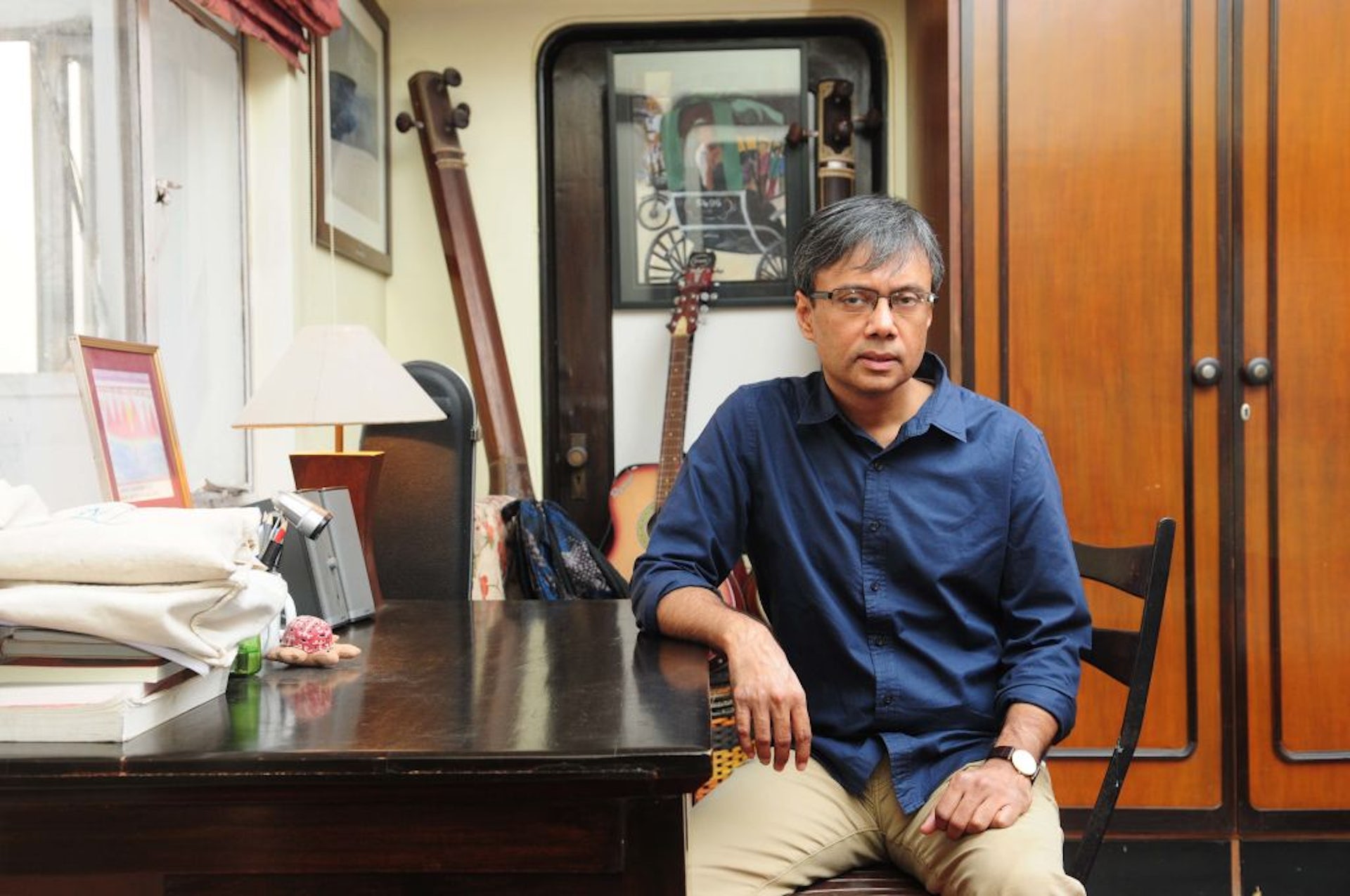
Chaudhuri, a novelist, critic and classically trained Hindustani singer, reimagines Jana Gana Mana on his most recent album, Across the Universe. Chaudhuri’s project explores what he calls musical “convergences”: music grounded in the sonic contact he hears between compositions from diverse traditions.
His version of Jana Gana Mana is released from its former strict, anthemic marching rhythm into free time. It flowers out of a composition by Austrian keyboardist Joe Zawinul of the jazz fusion group Weather Report. The way the sound develops is paralleled on the accompanying video, where an image of the Indian flag flowers from shadowed and superimposed partial views.
Chaudhuri told me in email correspondence he is treating Tagore’s composition as a piece of music. He views it not as a nationalistic commodity but as an aesthetic creation by “the greatest songwriter of our time”, rich with possibilities. The originality of Tagore’s own musical approach – “always gathering and repositioning the material he was collecting from every source in his songs” – encouraged Chaudhuri to create an open-ended “sense of estrangement, surprise, and unexpectedness that situates the anthem in history, but not in the history that we are told, one way or another, about ourselves or our country through books and historiography”.
Burden of history
Miller isn’t sure it’s possible to shear away the baggage from music, however beautiful, once it’s been appropriated to power. He points out that before Nkosi Sikelele was adopted, the ANC anthem was South African composer Reuben Caluza’s iLand Act. This was a far more strident anti-colonial protest song. Miller recorded it with a choral collective in 2020, “at the very moment when the City of Cape Town was evicting informal settlers – including dragging a man naked out of his home. That was ironic – who’s to say what South Africa’s people’s anthem really is?”
Many Britons, equally, view God Save the King as contested territory. Some urge a replacement. They cite British poet William Blake’s Jerusalem (invoking reform of industry’s “dark satanic mills”), Land of Hope and Glory – or the even more bloodthirsty Rule Britannia.
And while Miller hears “the beauty start to fray” under the pressure of political appropriation of songs, Chaudhuri suggests that “beauty has to be ‘frayed’; that’s what one is aiming for” to move away from restrictive visions. Anthems, it seems, are what a country’s rulers, peoples – and artists – make them.
